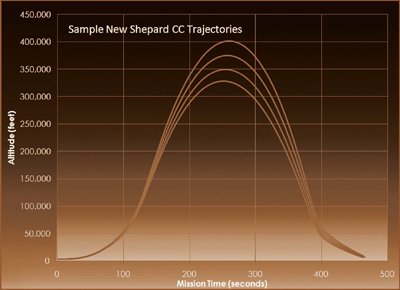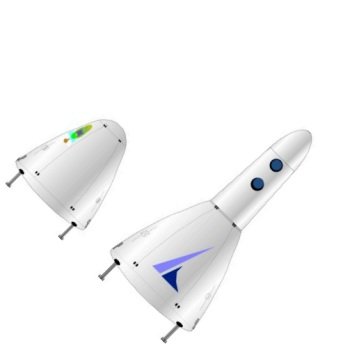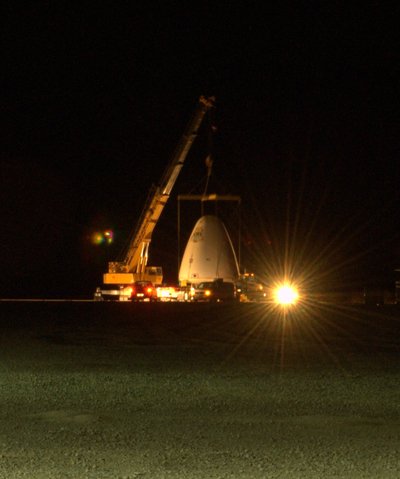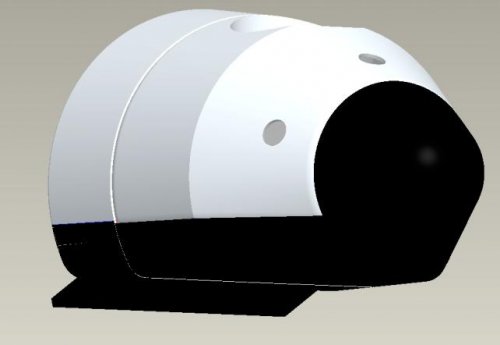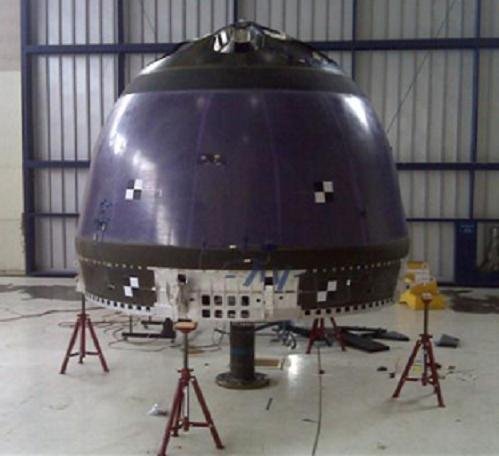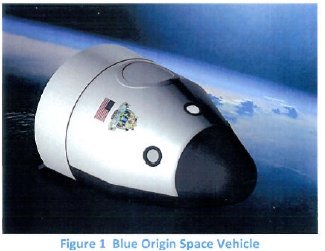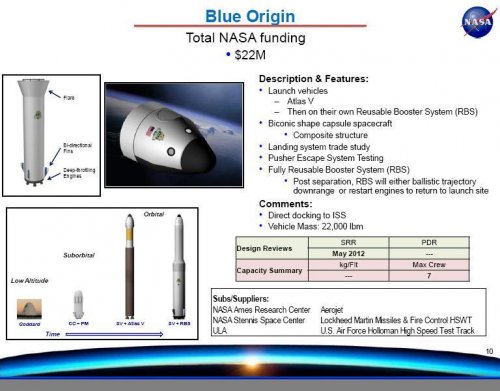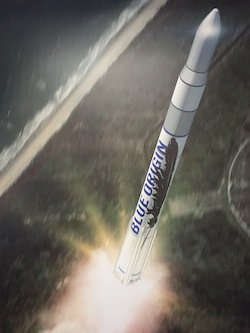FutureSpaceTourist
ACCESS: Top Secret
- Joined
- 10 March 2010
- Messages
- 590
- Reaction score
- 34
Blue Origin is Jeff Bezos' space company currently developing a suborbital VTOL RLV called New Shephard. This vehicle is inspired by the DC-X, with some engineers from that programme now working for Blue Origin.
The company is notoriously secretive about its plans and progress but information is emerging. Some details of vehicle capabilities are on the Blue Origin website at http://www.blueorigin.com/nsresearch.html, including the flight trajectories below. Further info is in the Blue Origin response to the recent NASA suborbital research RFI (see attached).
A couple of items I find particularly interesting: total time for a suborbital flight is 10 mins and max g load transient on loading is 10g for a nominal flight! Not what I'd call a soft landing ...
Update: NASA website has a spreadsheet at http://suborbitalex.arc.nasa.gov/files/CRuSR-SuborbitalPlatformCapabilitiesMatrix.xls that summarises all the responses to the suboribtal research RFI
The company is notoriously secretive about its plans and progress but information is emerging. Some details of vehicle capabilities are on the Blue Origin website at http://www.blueorigin.com/nsresearch.html, including the flight trajectories below. Further info is in the Blue Origin response to the recent NASA suborbital research RFI (see attached).
A couple of items I find particularly interesting: total time for a suborbital flight is 10 mins and max g load transient on loading is 10g for a nominal flight! Not what I'd call a soft landing ...
Update: NASA website has a spreadsheet at http://suborbitalex.arc.nasa.gov/files/CRuSR-SuborbitalPlatformCapabilitiesMatrix.xls that summarises all the responses to the suboribtal research RFI

